
Peterhead-based The Hame Bakery has reformulated its buttery to appeal to the growing number of health-aware consumers.
Butteries are a popular bakery delicacy in northeast Scotland, also known as rowies or Aberdeen rolls and traditionally made with flour, yeast, salt, and a large amount of lard or fat. They are said to have fallen out of favour with young people in recent times.
Hame’s new multiseed version has 73% less saturated fat and 91% less salt than the original recipe. The family-owned firm’s reformulation project was supported through funding from the Healthier Bakery Fund – an initiative from Food & Drink Federation (FDF) Scotland and Food Standards Scotland (FSS) that helps Scottish bakery businesses make their products healthier. Successful applicants are awarded grants of between £1,000 and £5,000, but must be investing at least 50% of the total project costs themselves.
“There’s no question that butteries are very high in fat and salt and we’ve found young people are more focused on their health,” commented Patrick Jackson, owner and baker at Hame Bakery. “We used to make 50 tins of 12 dozen butteries just for our Saturday trade, but it has now fallen to about 20 tins, so we’ve seen a real shift which we’ve put down to an increased focus on health.”
Jackson noted that his bakery wasn’t afraid to try new things to meet consumer aspirations. “Our multi-seed bread is extremely popular and it has no added salt or sugar. So, we thought, why not create a buttery like this?” he added.

Funding aided Jackson in devoting the time and space to focus on recipe development – all of which was done in-house.
“The main aim was to make a healthier buttery by incorporating wholegrain flour and more seeds, but we made real progress in reducing the fat. It was a lot of trial and error. I made multiple samples by simply going into major retailers and picking up different products and trialling the lighter fat alternatives,” Jackson explained.
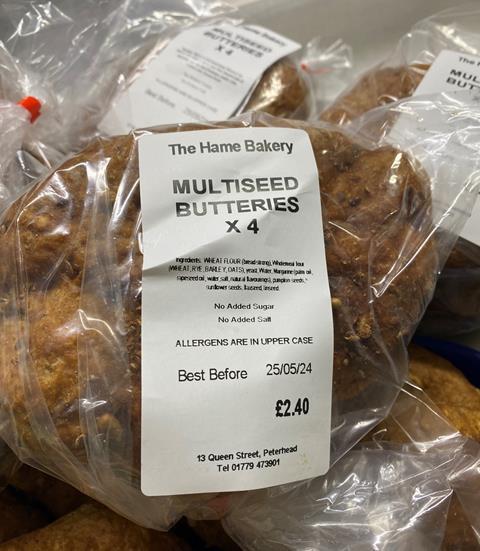
After finding a suitable substitute, the baker was able to significantly enhance the nutritional value of its healthier buttery. In addition to the reduction of salt and fat, dietary fibre was increased by 121% while calories were reduced by 24%.
“We’ve been selling our healthier butteries now since January and we make about 10 dozen each week. It’s not the same taste, but we have a lot of repeat customers and if it is helping with people’s diet, then that is great,”
Laura Wilson, FSS’s head of public health nutrition, noted that it was important to enable businesses like Hame Bakery to try developing healthier new things. “Evidence shows that reformulation, for example by reducing portion size, calories, or improving nutritional content by increasing fibre, is one of the most effective ways industry can help improve dietary health in Scotland,” she asserted.
Joanne Burns, reformulation for health manager at FDF Scotland, added: “The fantastic work by Patrick and his team at Hame bakery in developing their better buttery highlights the amazing potential that the bakery industry has to make traditional recipes healthier. Many of Scotland’s favourite foods are produced by our high street bakers from butteries and scotch pies to empire biscuits and yum yums.
“The bakery industry has always been positive and proactive in meeting industry and health trends. FDF Scotland’s Reformulation for Health team is on hand to offer free guidance and support to help get more healthy, traditional Scottish bakery products on shelves in communities across Scotland,” she added.



















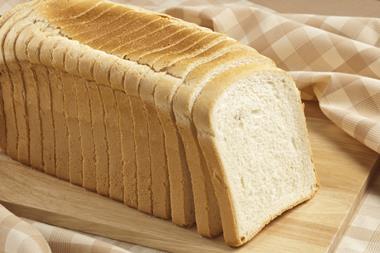


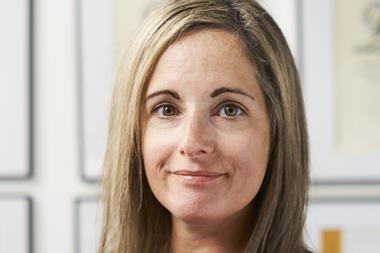
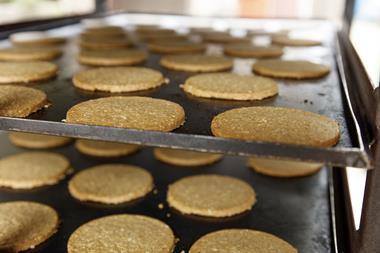




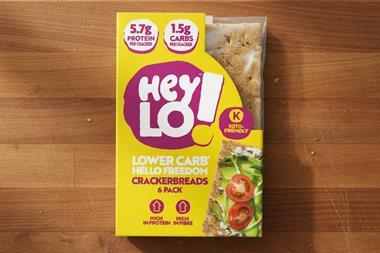



No comments yet